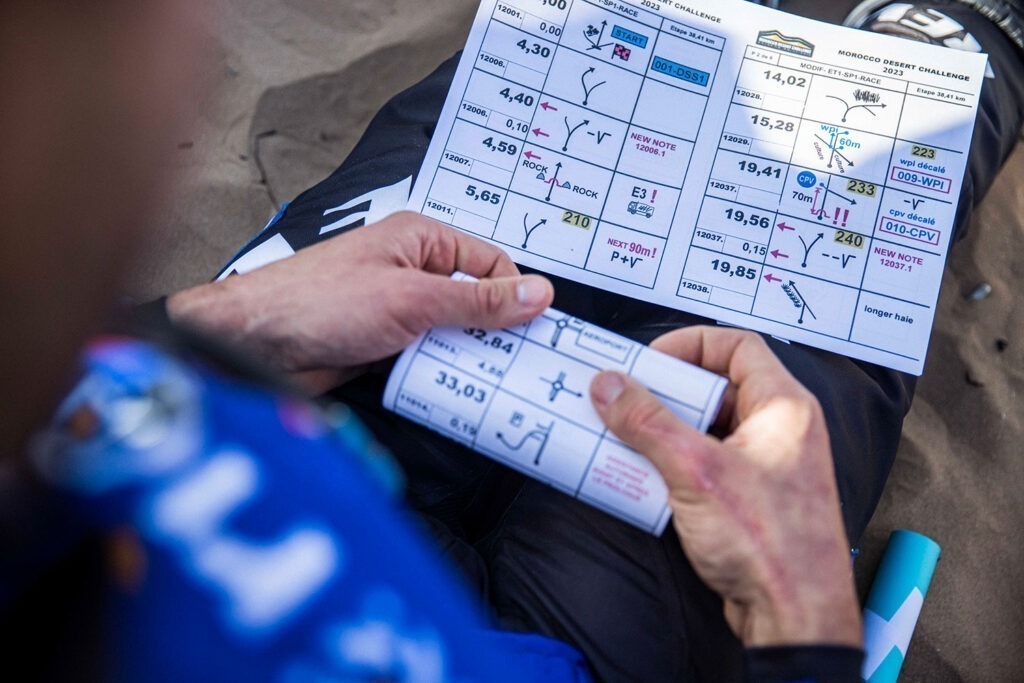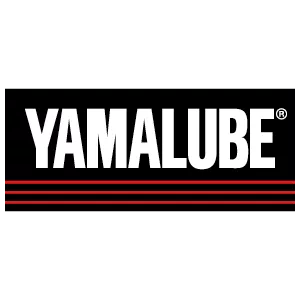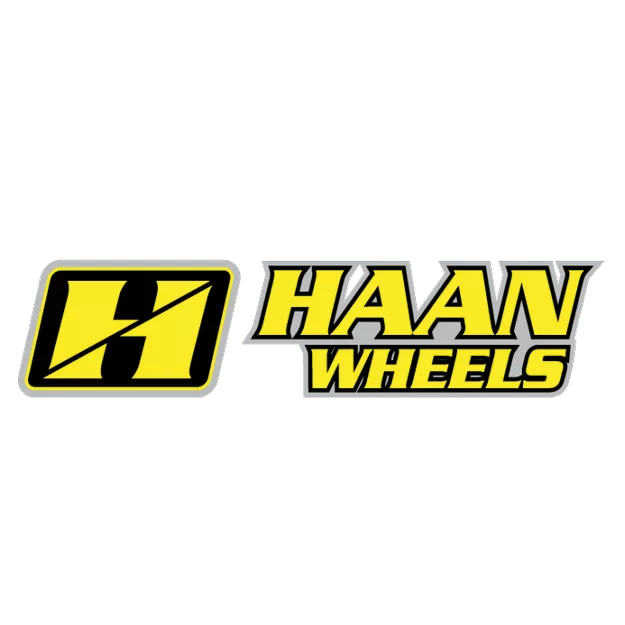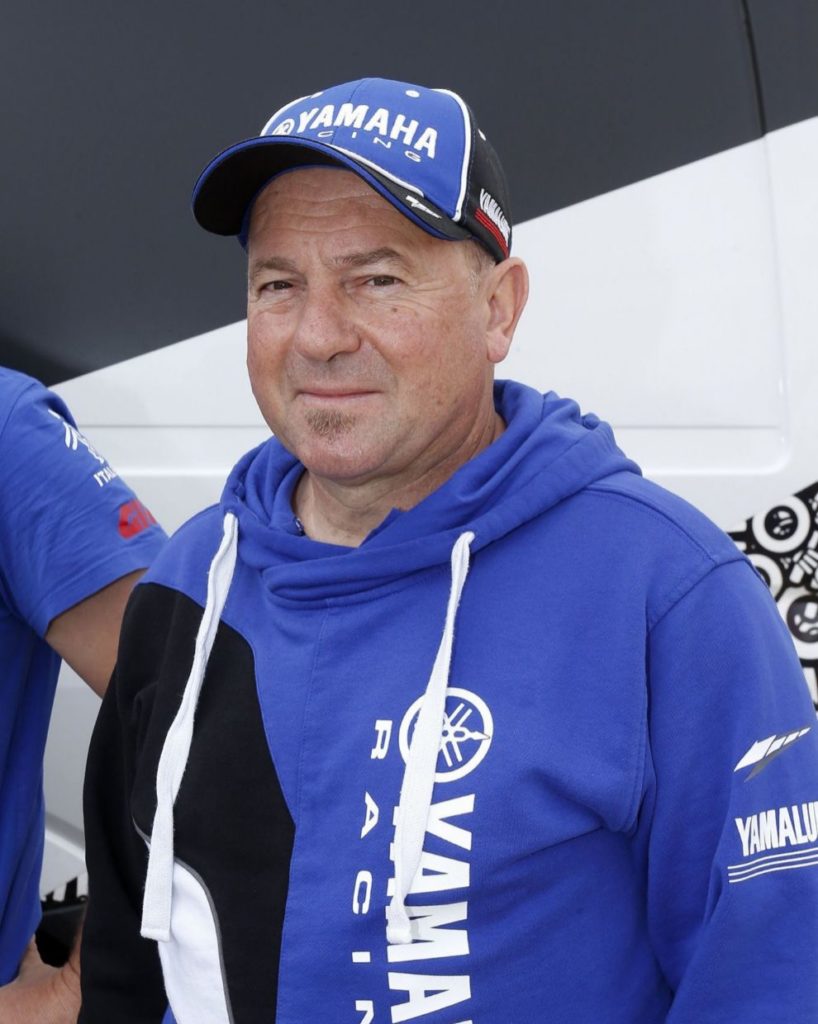
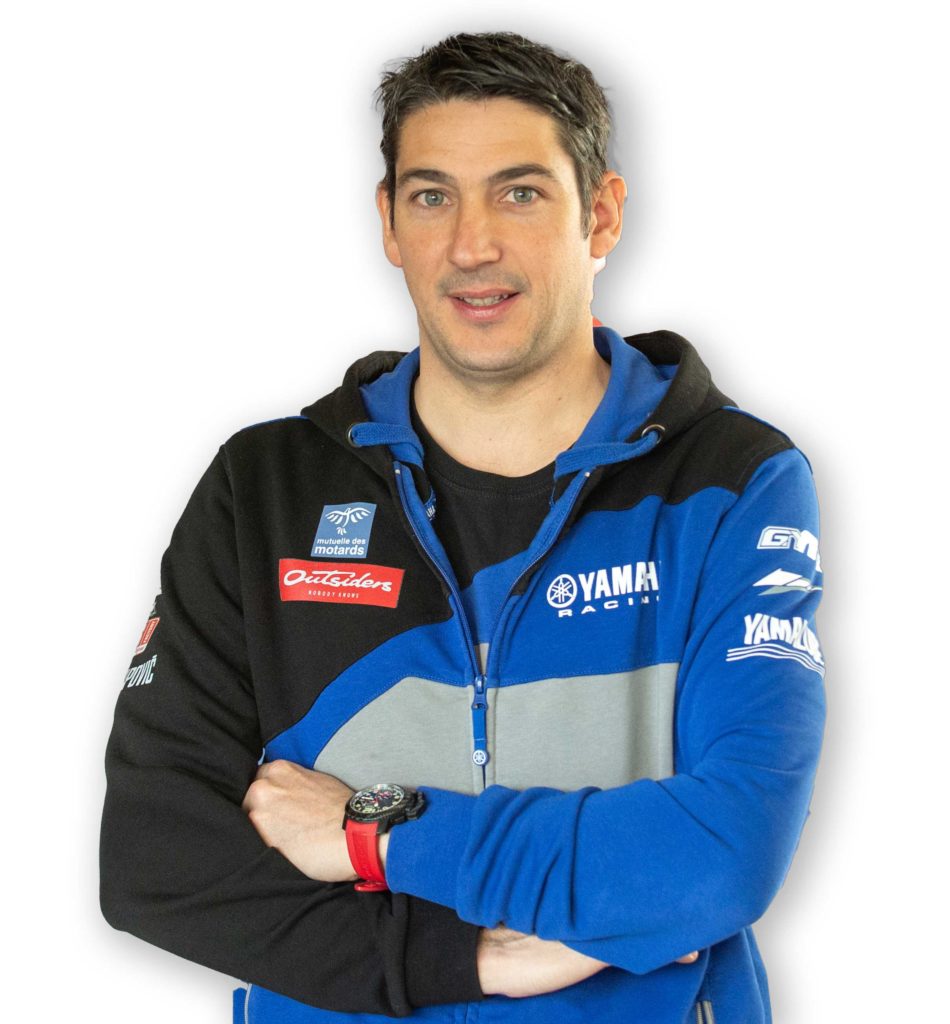
Learning how to use a road book and then becoming fully proficient with this essential skill unlocks your potential when it comes to full participation in Rally Raid events. Mastering the road book is something which two of our valued and highly knowledgeable Yamaha Ténéré Spirit Experience trainers, Jordi Arcarons and Loïc Minaudier, are able to explain in detail to riders of all abilities.
Arcarons, a former Dakar rider with a long list of racing achievements, offers courses which include road book proficiency in the heart of the desert and the dunes of Merzouga in Morocco at the Raid Training Center by MBSM.
Minaudier, an experienced enduro and Dakar rider, runs another Yamaha approved training centre in the magnificent natural Aveyron landscape in the south of France, with courses dedicated to road book navigation basics and advanced riding skills.
Getting started with road books
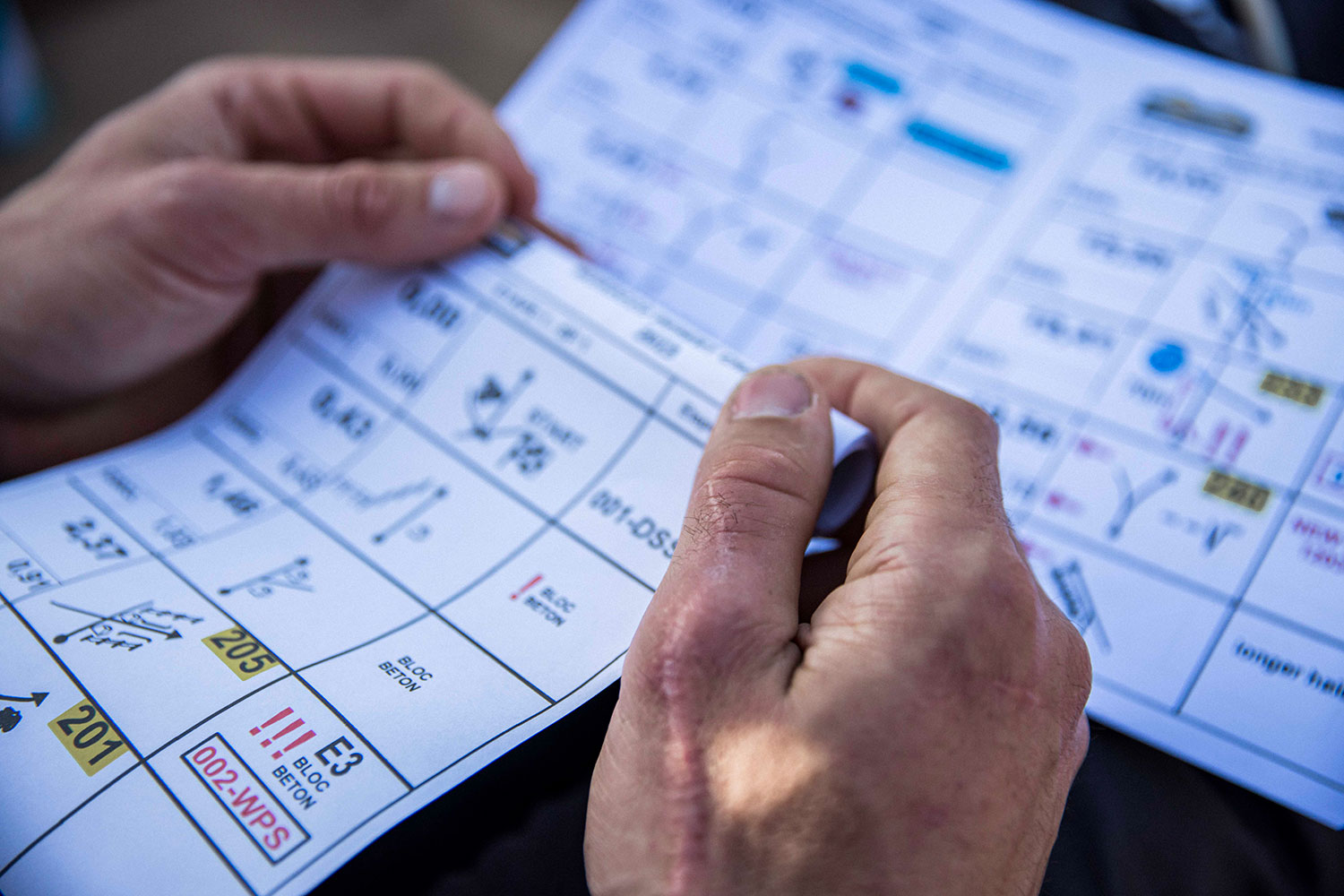
With more than 500 km of road books in his region’s varied terrain, Minaudier offers multi-day sessions on request. In terms of the most important points for riders to know when using a roadbook for the first time, Minaudier says the focus should be on, “How to understand the specific lexicon of the road book so that riders can understand the correct symbols and then, on the other hand, the interpretations of the descriptions of the road book graphics.”
Arcarons also explains his initial process for new riders when they visit his training center. He states, “We follow some specific guidelines, learning how to read what is written, understanding the symbols, which are very important and then writing our own notes so that we don’t have doubts when we ride. Customers always want to ride fast, but at the beginning you have to ride slowly to be able to read the road book properly, otherwise you miss the intersections.”
“Everything requires a few hours of adaptation and as we progress to reading more fluently we can speed up the pace. We also explain that the road book has complex navigational parts and you have to slow down a lot, so as not to miss any notes or key points. Once we know how to interpret the road book, we move on to the GPS, with the different mandatory navigational points that are marked on the road book.”
Taking the initial steps to proficiency
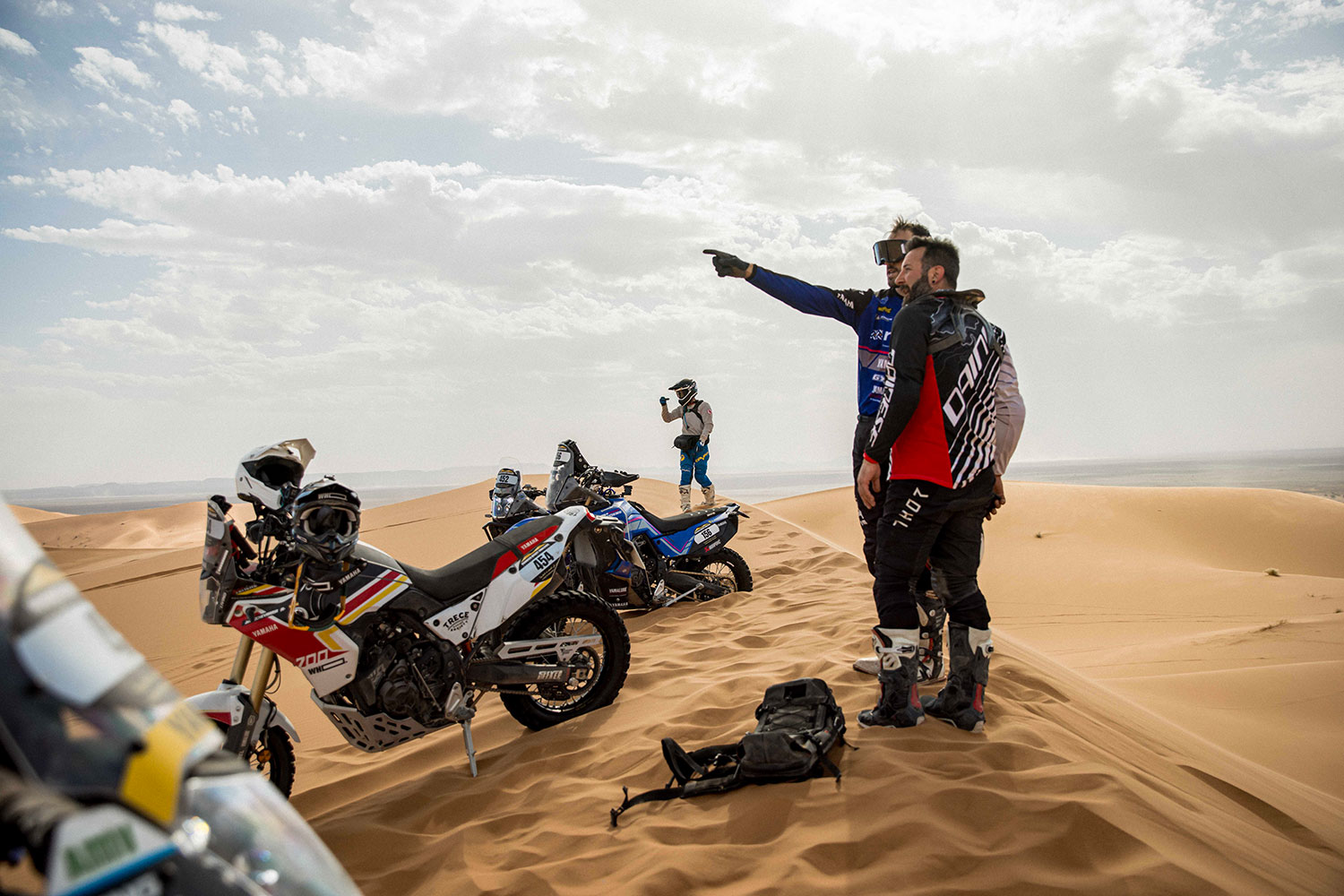
Minaudier, meanwhile, explains, “When new riders arrive, we organize a short morning session during which we explain how a road book works, as well as the equipment used on the motorcycle, such as the odometer and navigation tower. Then, we review a road book that we will use in the afternoon in the field, that is to say the route of the entire planned outing. Finally, we work on different road books and the various GPS recording systems used during competitions or events.”
In terms of the typical road book mistakes that new riders should try to avoid, Arcarons says,
“Riders just need to stick to the speed that corresponds to their level of interpreting the road book. If we go faster than we really know how to manage, we will easily get lost. You have to work, train a lot on the ability to read the road book, improve visual memory, the way to read the terrain.”
Realistic expectations and goals
Regarding the topic of how long it takes on average for a rider to learn how to use a roadbook to the point of being able to navigate and compete competently in a Rally Raid, Arcarons adds, “One thing is to participate and the objective is to finish a Rally Raid and another objective is to compete to achieve a good result. In the first case, if there is no previous experience, with two four day courses you can obtain the minimum experience to participate and finish in a Desert Rally.”
“In the second case, we start with a very complete course and we analyse the rider to make a program during the year, especially in the navigation of more technical terrain, sand and dunes for example.”
Finally, Minaudier comments on how using a road book in training differs from real competition, stating, “The advantage of discovering the road book during training is being able to take the time to understand it at your own pace and at your ease. The notion of stress is not as present as during a real competition. It is even preferable to dive back in a few days before a Rally Raid to relive the sensations of navigation during training, in order to work on the visual and synchronization reflexes between reading the road book and that of the track.”

